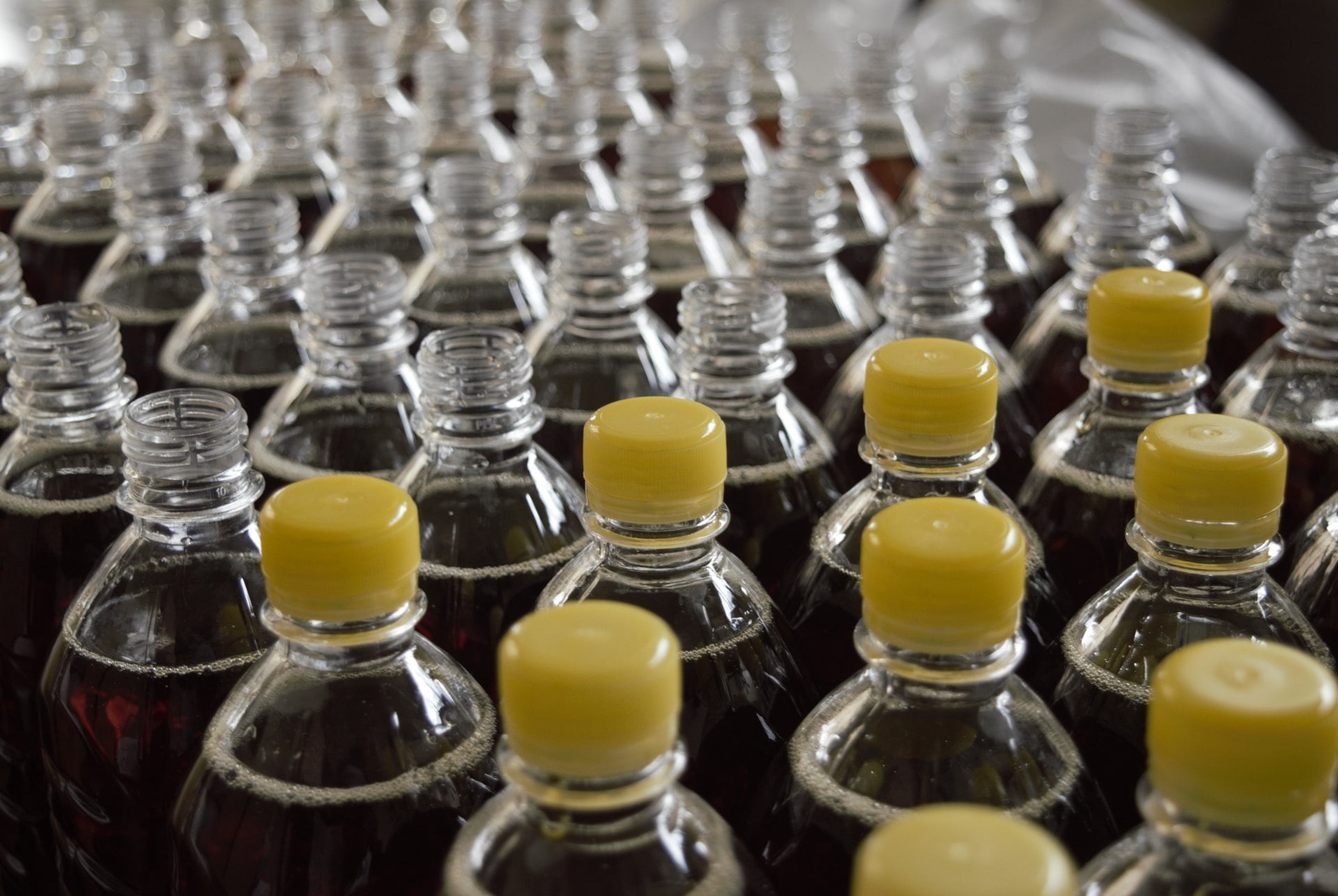The question “how does a packaging machine work?” is an extremely broad one. After all, is the person making the query asking how a tablet counting machine operates, or is it a liquid filling machine they’re interested in learning more about? Or perhaps they wish to know more about the workings of an automatic bottle capping machine or a labelling machine?
To begin to answer the question more specifically, then, we felt here at KBW Packaging that we needed to divide this question into four key categories.
Liquid filling machines
The range of industry-renowned liquid filling machines available from KBW Packaging is exceedingly wide, encompassing semi-automatic and high-speed inline automatic liquid filling machines alike.
So, to give an example, let’s look at our AF 0005 semi-automatic liquid filling machine. This machine is operated using a straightforward control panel that enables the product flow rate to be adjusted by means of an air regulator. Meanwhile, it is by mechanically adjusting the vacuum nozzle that the fill level can be controlled.
As for the actual filling stage of the AF 0005, this involves empty bottles being placed on a platform under the vacuum nozzle. A seal is created by inserting the nozzle into the bottle’s neck. A vacuum is then used to draw liquid into the container until the required fill level has been reached.
Tablet counting machines
If you’ve ever handled packaging containing coated or uncoated tablets, pills, capsules or soft gelatine capsules – as we surely all have from time to time – it might have never appeared to you that a machine has the task of accurately counting those tablets.
But how does a tablet counting machine work? When you’re using a KBW Packaging tablet counting machine, it works basically as follows. The hopper is first filled with a product that needs to be counted, with the product then being vibrated and orientated to feed into a single line, although the specifics depend on the exact type of tablet counting machine used.
The product is then individually dropped through an infrared beam. This is the detection process whereby the product is accurately counted and fed into one or more waiting containers.
The operator of the tablet counting machine has a digital display at their disposal that they can use to set the value to be counted and the number of containers in the batch to be produced.
Bottle capping machines
Packaging machines even exist that are designed to almost effortlessly place caps on bottles. Even this can be a more complicated process than you might think, given the variety of types of caps out there, such as screw, press, ROPP and trigger caps.
One example of a highly rated semi automatic capping machine in the KBW Packaging range is the semi-automatic AK 0002 bench/table top screw capper machine. It works in a deceptively simple way: the application of gentle downward pressure on the bottle/cap enables the chuck to spin. The cap is tightened to a preset torque, which is the cue for the chuck to automatically stop spinning in readiness to move onto the next bottle.
Labelling machines
Again, labelling machines are a type of packaging machine that can hugely vary from one to the next. However, our labelling machines here at KBW Packaging all work on a similar principle.
Broadly speaking, containers are fed on a belt or conveyor and pass a container product sensor that signals the label head to dispense one label. The leading edge of the dispensed label, having been tacked onto the container, then passes under or enters an application assembly, such as a Brush or Wrap Around Belt assembly.
That’s it. If you’ve read this article from start to finish, you will now know how the most typical forms of packaging machine essentially work. For a more detailed discussion of which packaging machines of ours may represent the best solutions for your organisation, please don’t hesitate to reach out to the KBW Packaging team.


